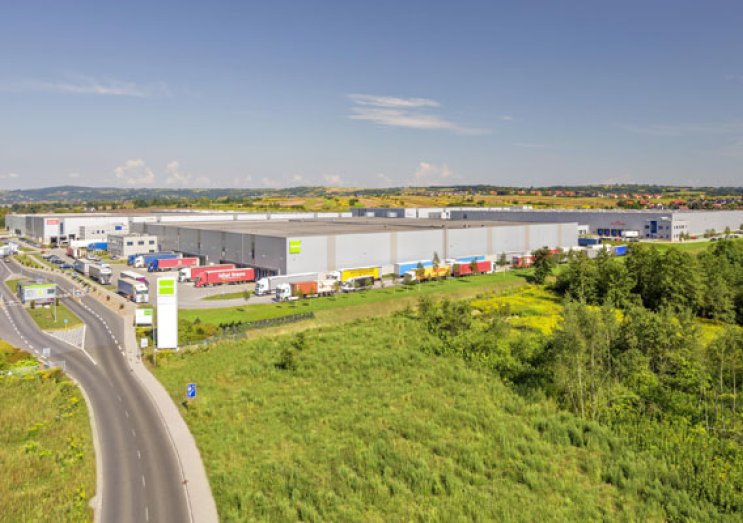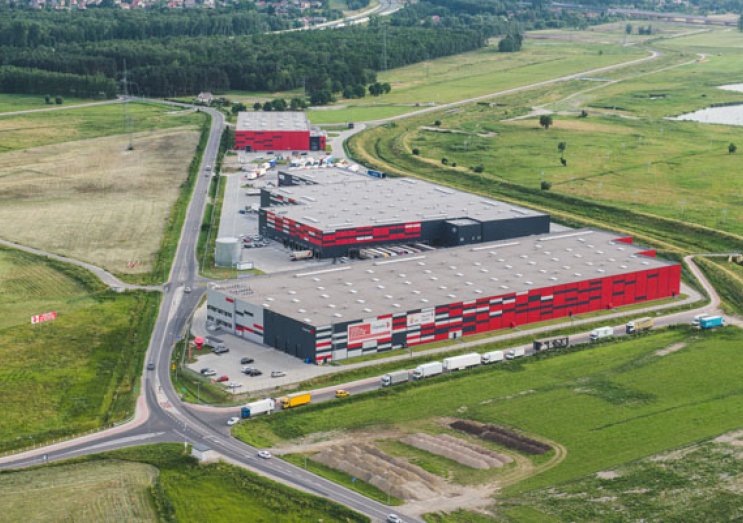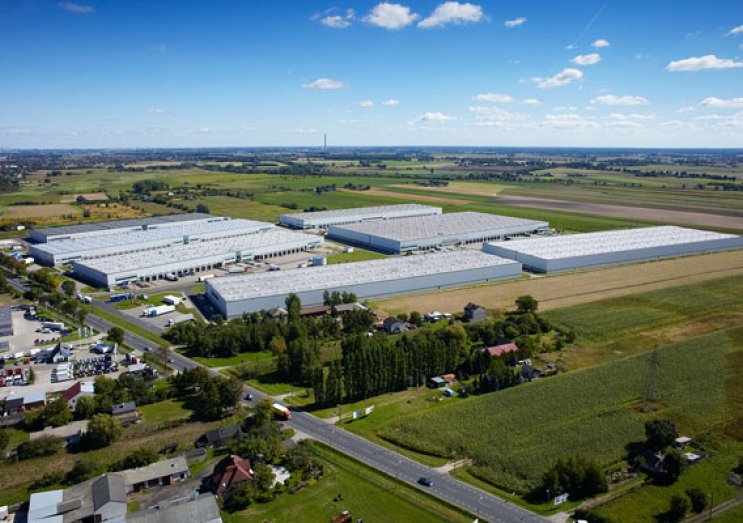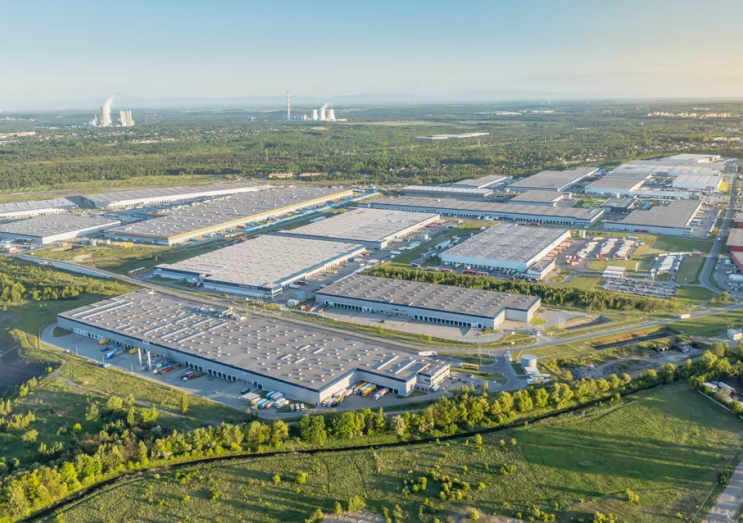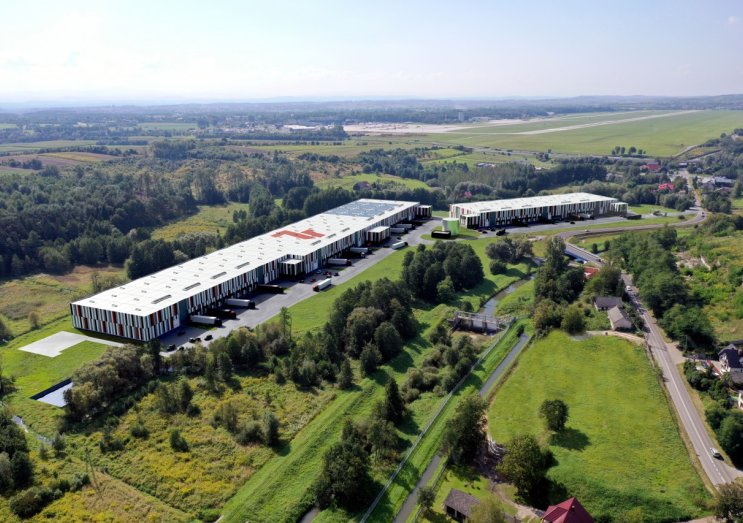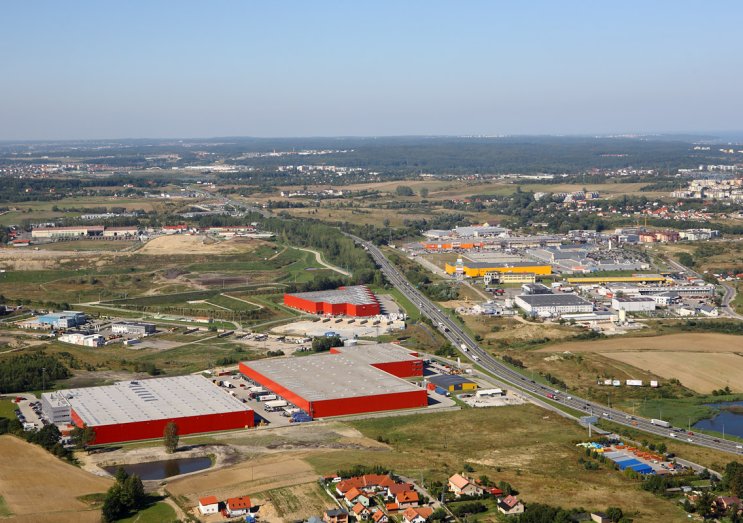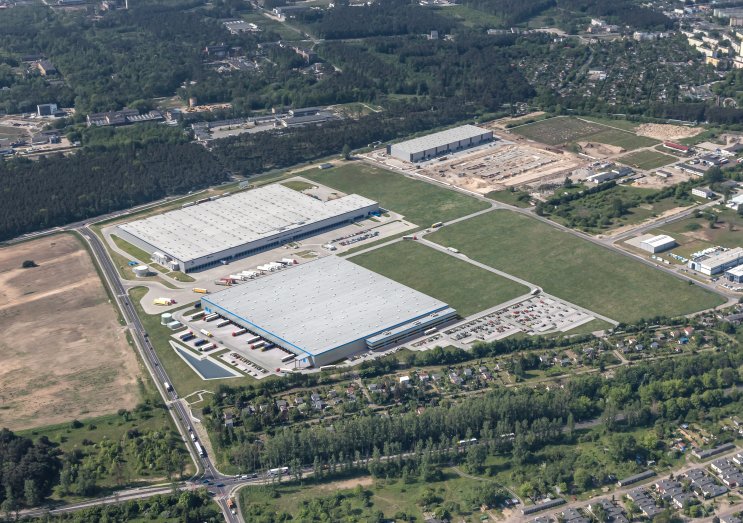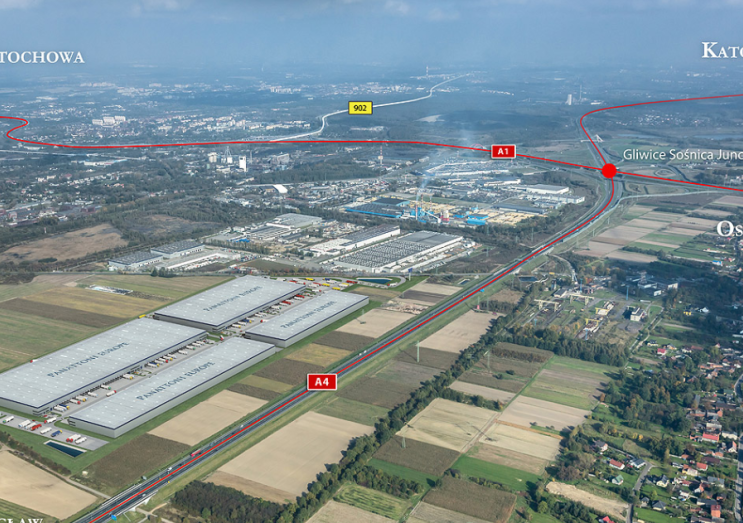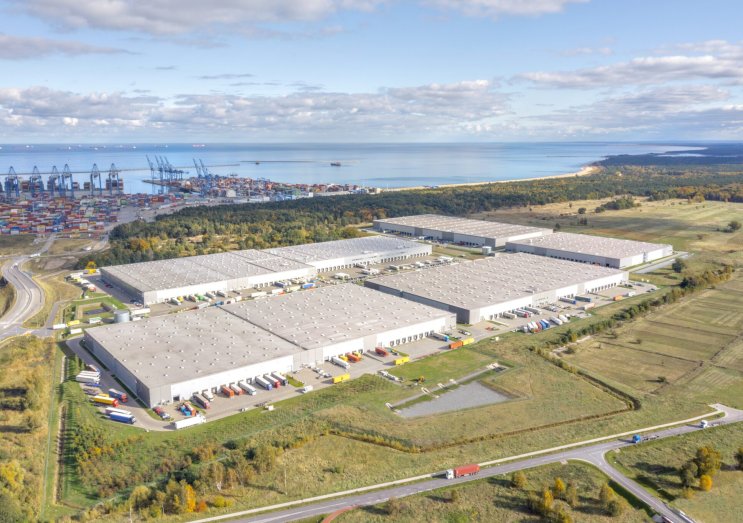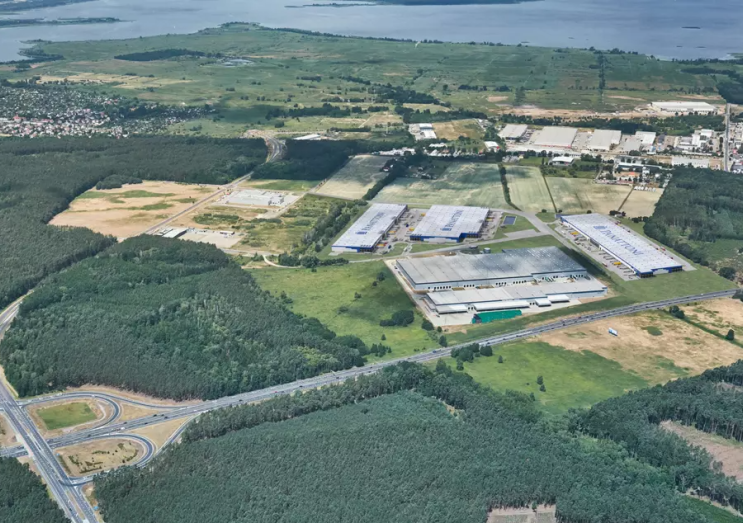Tenants are increasingly inquiring about green warehousing solutions and certificates. In addition to supporting a sustainable policy, environmentally sound facilities also help organizations save on bills for rising utility charges.
Few industrial and warehouse buildings in Poland had green certificates a few years ago. Pioneers in this were BorgWarner’s LEED-certified factory of turbochargers, completed in 2010 and comprising office, production and warehouse space, and PointPark in Poznań, the first industrial park to be BREEAM-certified in Poland in 2012.
A true green revolution is now taking warehouses by storm. Virtually every new class A building is delivered to meet BREEAM or LEED certification standards. “And we are not talking here just about marketing slogans any more, but concrete large-scale measures demanded not only by tenants expecting production and warehouse facilities to be more employee and environmentally friendly but also by foreign investment funds chasing industrial parks with environmental credentials,” says Agnieszka Giermakowska, Research & Advisory Director, Newmark Polska.
British or American certification
Globally recognized certificates are confirmation to tenants that a warehouse features green technologies and meets a long list of sustainable construction criteria. LEED, designed in the US, is the most widely used rating system in the world, while the British BREEAM certification, based on European building standards, is the most popular in Poland. “The BREEAM certification assesses a building in 10 categories and awards a score on a six-point scale depending on a grade in each criterion. Good and Very Good BREEAM ratings are standard on the Polish industrial market while Excellent is unique as yet. To date, no industrial or warehouse development in Poland has received the highest Outstanding rating, which would indicate that a building has a score higher than 85% in certification requirements. Some developers submit projects for LEED certification. Some buildings are also double certified,” says Janusz Dudek, Advisor, Industrial and Warehouse Department, Newmark Polska.
Better for your purse and the environment
The deployment of green solutions in warehouses is aligned with corporate sustainability policies. What’s more, buildings incorporating modern green technologies age more slowly and are easier on the purse of tenants. “Due to rising utility costs and service charges paid in addition to warehouse rent, tenants are looking for savings. This is where green solutions come into play. According to the U.S. Green Building Council, certified new buildings report, on average, 20 percent lower maintenance costs than typical commercial buildings,” says Agnieszka Giermakowska. Energy-efficient LED lighting is already universally installed in new buildings to save energy. According to Prologis calculations, a replacement of fluorescent lamps with LEDs will bring electricity bills down by 60 percent. The developer also estimates that motion and daylight sensors will help make another 20 percent savings.
Janusz Dudek also notes that modern warehouses have more natural daylight in them, which translates into lower electricity bills and a better employee experience. “Some developers offer full glass partitions in warehouse offices as standard. As a result, employees working in the office 8 to 4 from spring to early autumn practically do not have to use artificial lighting,” explains the expert.
Some landlords claim that their logistics parks are supplied with 100% green electricity generated by wind and solar power, as evidenced by relevant certificates. A notable trend last year was the installation of photovoltaic panels and some new projects already feature reinforced roofs ready for such panels as standard. “Solar panels generate green and cheap electricity. Such a project naturally requires an upfront investment but it will more than pay for itself in a few years’ time,” says Janusz Dudek. “It is an ideal solution for BTS (build to suit) and BTO (build to own) facilities let to single tenants under relatively long leases of 7-10 years or more. The payback period for photovoltaic installations is the shortest in the case of manufacturers reporting huge energy demands.”
Reduced water consumption
Climate change is exacerbating global shortages of drinking water. That is why socially aware organizations are adding sustainable use of drinking water to their pro-environmental policies and are interested in leasing warehouses with systems enabling storage and filtration of rainwater that can be used for toilet flushing or plant watering. Likewise, greywater comprising waste bath/shower, washing and sink water can also be recycled. According to data from Panattoni, the water and sewage systems in its warehouses support water recovery and save 6,000 liters of drinking water per 20,000 sq m every day.
Lower carbon footprint
Excessive greenhouse gas emissions are a major sustainability issue in real estate. According to a report from the Polish Green Building Council (PLGBC), the construction industry accounts for approximately 38 percent of global greenhouse gas emissions, 10 percent of which comes from producing and transporting building materials and a building’s construction and demolition, while the remaining 28 percent is emitted during a building’s operations. That is why reducing buildings’ carbon emissions has become one of key components of the Fit for 55 package, proposed on 14 July 2021 by the European Commission. The package of climate regulations to be debated by the European Parliament and the Council of Europe aims to reduce greenhouse gas emissions by at least 55 percent by 2030 versus 1990 and to achieve climate neutrality by 2050.
Tenants can also contribute to reducing their carbon footprint during a warehouse building’s operations. “They can reduce greenhouse gas emissions by replacing lead-acid powered forklifts with forklifts powered by lithium-ion batteries that do not produce harmful gases,” says Janusz Dudek. Sustainable transport for employees is also provided as standard - this includes proximity to public transport stops or arranging shuttle bus services to industrial parks where public transport is temporarily unavailable. It is also market practice to provide bicycle parking facilities with all the required infrastructure. Developers are also increasingly opting for installing electric vehicle charging points which, however, continue to be viewed as above-standard fit-out, comments Janusz Dudek.
Sky is the limit
Sustainability in warehouses is shaping up to be a big trend this year. “Green certification of warehouses is already standard, developers will now try to stand out with high BREEAM or LEED ratings. Faced with rising utility charges, tenants will be increasingly demanding green solutions to make consistent cost savings. Both developers and tenants have a wide range of eco-friendly measures available to them. The choice depends on an organization’s willingness to engage, priorities and financial resources,” says Agnieszka Giermakowska, Newmark Polska.

